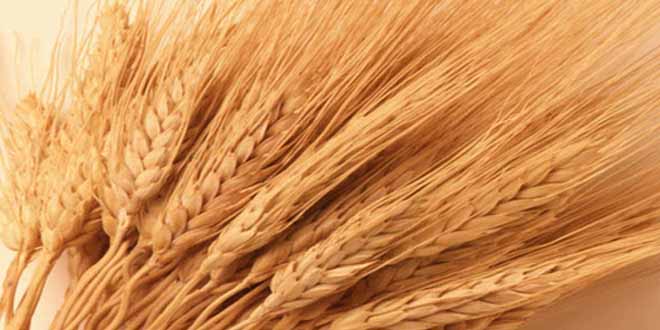
What is Gluten?
Gluten has been in the news and a part of research a lot recently. People are starting to go on a gluten-free diet. But what really is gluten? Here, we will dissect what it is and you can decide if its something you want to become a part of your diet or not.
What is it?
Gluten is found in the seeds of grass. These seeds are actually grains, and about half of the calories that are consumed come from grains. The main types of grains are wheat, barley and rye. The foods that are made from grains are bread, roti, cereals, lentils such as daal and other types of beans and chickpeas.
All of these grains contain gluten. Gluten is a sticky protein, and it actually comes from the Latin word meaning glue. Gluten is what makes the roti dough stretchy and breads chewy. Gluten is actually also found in cosmetics, hair products and other dermatological creams.
So Why is There a Sudden Burst of Gluten-free Diets?
Grains have been consumed for hundreds of thousands of years. Around 10,000-12,000 years ago, the dominant plant was called einkorn and it only contained 14 chromosomes. Soon after, another wheat called emmer wheat dominated the planet which contained 28 chromosomes. These all contained gluten as well, but at low levels. When there was a population boom, farmers began to modify grasses to produce high-yield grains. Now, plants can be found with up to 42 chromosomes and gluten levels through the roof. You might ask, how does gluten cause health issues? Well to answer that , your small intestine is where food absorption happens. Inside the small intestine are small finger-like projections called villi and microvilli. These small finger-like structures are necessary for absorption of various nutrients and minerals, aid in the digestion, along with certain enzymes, as well as help the intestines to move food along the digestive pathway. What gluten does is basically break down these villi until they are “dissolved” leaving just a flat small intestine. Without these villi, digestion and absorption is decreased and it can cause a lot of pain during the digestion and lead to autoimmunity. Autoimmunity is when a foreign substance (in this case gluten) enters the body and causes the immune system to activate to attack the foreign invader. But the problem is, is that gluten is a protein, and it has a similar structure to other proteins in the body. When the body senses gluten, it can attack other proteins as well, leading to autoimmunity. Autoimmunity can cause diabetes, celiac disease, rheumatoid arthritis and others. Celiac disease is the most important as it is autoimmunity against the small intestine and it can cause symptoms such as pain and discomfort in the digestive tract, chronic constipation and diarrhea, and further to vitamin deficiency.
Gluten Sensitivity vs. Gluten Intolerance
There is a difference between the two. Gluten intolerance is characterized as the full on dissolving of the villi and leads to the celiac disease. Effects vary from person to person, but usually include anemia, loss of bone density (osteoporosis), itchy blistering skin rash, headaches and fatigue, joint pain, acid reflux and heartburn, and reduced functioning of the spleen.
Gluten sensitivity is when it has not reached the full stage of deterioration but still causes similar symptoms such as discomfort, digestion issues, cramping, bloating, diarrhea and nausea.
It is discovered that most people are allergic to gluten, but the symptoms can take years to appear.
Now What?
Its up to you if you want to go the gluten-free. But at the very least, you should avoid white bread and white flour (white maida) as these are refined fast-absorbing carbs that can increase your blood sugar and all contain high amounts of gluten. Cakes, cookies and treats all contain gluten as well, but you can use alternative flours like almond and coconut. Also, consider local farms and organically grown grains as these are more natural products.

